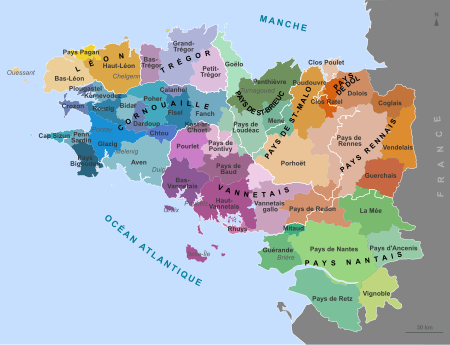 Today is the anniversary of the St. Brice’s Day Massacre. And almost nothing with “Massacre” in its name is good even if it’s also named for a saint. The St. Valentine’s Day Massacre, for instance, is not a romantic event.
Today is the anniversary of the St. Brice’s Day Massacre. And almost nothing with “Massacre” in its name is good even if it’s also named for a saint. The St. Valentine’s Day Massacre, for instance, is not a romantic event.
In case the details have faded, and they have, the massacre happened on November 13, 1002 (St. Brice’s, I mean, not St. Valentine’s) at the behest of the dreaded Aethelred the Unready. And it proves that a person can be both weak and vicious and also that the two in combination are even worse than either by itself.
Aethelred was, you may recall, about the worst monarch from the House of Wessex, who seems to have acceded to the throne due to his mother arranging the murder of his half-brother, Edward the Martyr, and once there was unreliable or even treacherous with his courtiers and ineffective in fighting the Danes, vacillating between paying them the Danegeld and battling them.
In 1002 he decided he’d had enough and ordered a massacre of we’re not quite sure who. Certainly not all the Danes in the British Isles; his oily writ did not extend to the Danelaw. Possibly some rather nasty mercenaries. They may have deserved to die, and the Danes had been raiding and pillaging in a most obnoxious manner for centuries.
So I don’t mind trying to get rid of them. I do rather mind sudden massacres although it may be, as Aethelred later claimed, that they’d been planning similar treachery themselves. But what I really mind is a cruel but feeble stroke that ends up, as this one did, provoking Sveyn Forkbeard to invade the next year, some say partly because his own sister was a victim of the massacre.
Sveyn came back repeatedly and not in a good way, invoking the massacre regularly although given the Danes’ general approach it may simply have been an excuse. But in the end he actually became king of England in 1013, only to die the next year, after which Aethelred was briefly restored, died in 1016 and after the tragic death of his son Edmund Ironside Canute (properly Knut, I suppose) became king.
The long and the short of it is that Aethelred was a sniveling, impulsive, cruel man, not even Machiavellian in the common sense of that word. He struck repeatedly but ineffectually, getting the worst of both worlds and earning opprobrium without being feared. So he’s an inspiring role model, but only for his superb illustration of antistatesmanship and his compelling example of what not to do.
By the way Brice himself was a 5th-century bishop of Tours who is no more responsible for it happening on his feast day than St. Valentine is for gangsters opening up on one another with machine guns.






